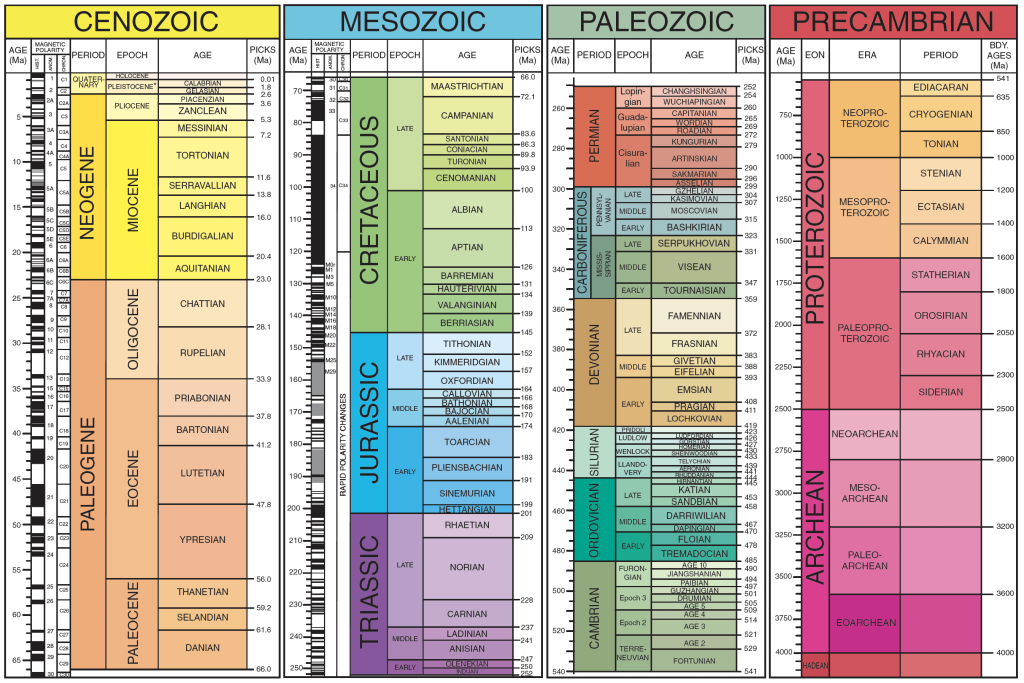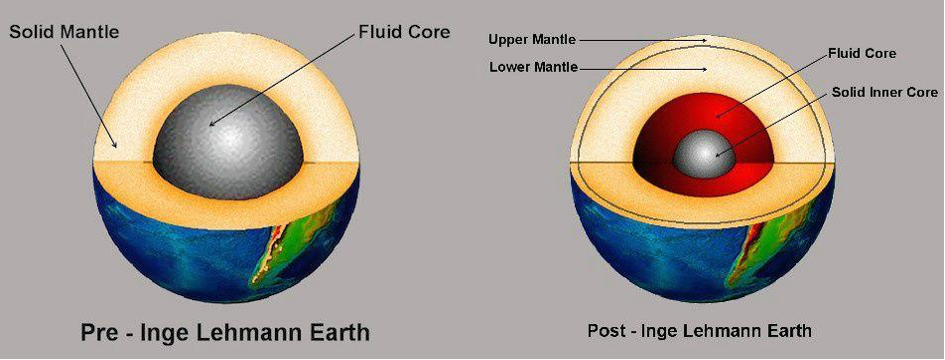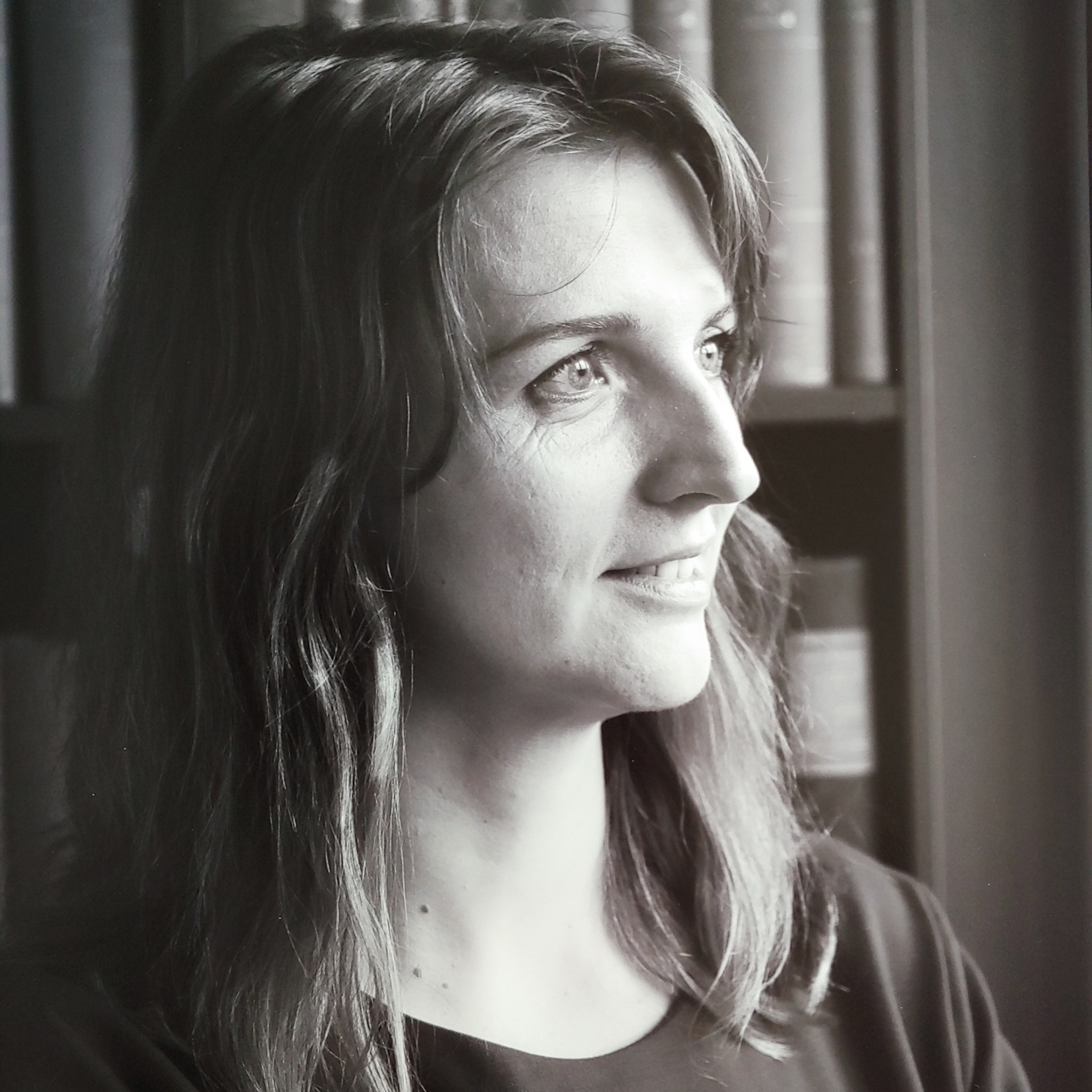The future of the past is where geology comes in to predict the future. After the Tourmalet it might not be hard anymore to predict the winner of the Tour de France Femmes. Predicting the future of our planet’s climate is a lot harder but we can use the past to do so.
The final day of the race brings us to the north of the Pyrenees. The highest point of the race is much lower than it was yesterday. The day’s stage is around the city of Pau, located in the Aquitaine Basin. It’s an area with a gentle landscape.
The Aquitaine Basin is surrounded by the Pyrenees to the south and by the low hills of the Massif Central to the northeast. The slopes of the Pyrenees and the Massif Central decline toward the central valley of the Garonne River. This is the main river running across the area. The sediments which fill up the Aquitaine Basin are closely connected with the evolution of the Pyrenees. See stage 7.

At first the peloton will cross the Gave de Pau river which has its source in the Pyrenees, close to the Spanish border. Then, the peloton will be heading south, into a more hilly area, closer to the Pyrenees. The Aquitaine Basin gave name to the geological time interval known as the Aquitanian.
The past predicts the future
The Aquitanian spans the time between 23 million and 20 million years ago. It is the oldest stage of the Miocene period. In the Aquitaine Basin the typical deposits of Aquitanian age consists of marine clays, crags (lagoon deposits) and sand. The southern part of the Aquitanian Basin, the surroundings of Pau, is built from sand and gravel called the molasse. This was stripped off the rising mountain belt of Pyrenees.
The Miocene has recently gained more attention among researchers who are trying to get better at using he past to predict the future climate. The Miocene climate is described as a coolhouse climate characterized by a much lower atmospheric concentration of CO2 than in the greenhouse climate known to occur until ~34 million years ago. The CO2 levels may have been comparable to modern day preindustrial values in the early Miocene.

We know that in the Miocene there was a permanent ice-sheet on Antarctica but the amount of ice-cover on the northern hemisphere is uncertain. By the end of the Miocene the continent position and the vegetation type was fairly similar to the modern day.
Climate change
The Miocene coolhouse climate was interrupted by a period of intense warmth, known as the Miocene Climatic Optimum. The Miocene Climatic Optimum lasted from ~17 to ~14 Ma and was the most recent time interval on Earth with CO2 levels above 450 ppm. The warming was caused by increases in atmospheric CO2, most likely caused by intense volcanism.
The relatively rapid CO2 increase to the 500-600 ppm during the optimum can be considered one of the best analogues for the future climate. By studying for example either evolution of temperature on land and sea, changes in the Antarctic ice sheet size or the sea level across the Miocene Climatic Optimum, researchers can get a much better picture of how the global climate will be affected by the increasing CO2 levels to above 500 ppm in the future. Read more.
Pioneer: Inge Lehmann
We want to honor a final pioneer in our series during this Tour de France Femmes. Although the general classification might not see seismic changes, Johanna Lehmann did. She used seismic waves to make a really important discovery about the inside of the Earth.

In the 19th century seismologists assumed that the core was in a molten, semi-liquid state, and that the S-waves could not pass through this liquid. P-waves were assumed to be reflected by the liquid and were also detected past 140°. However, P-waves were also being observed between 105° and 140°. It was something which could not be explained with a liquid inner core. They therefore assumed that the seismometers reporting P-waves between 105° and 140 were faulty. Inge Lehmann suggested that this phenomenon could be explained if the Earth had a solid inner core inside the molten outer core.
Inge Lehmann (13 May 1888 – 21 February 1993) studied at University of Copenhagen and at Newnham College – a women’s constituent college of the University of Cambridge. Lehmann’s career in seismology career started in 1925 when she became an assistant at Copenhagen University.
In 1936 Lehmann published her most important paper, entitled simply “P’. This paper revolutionized our understanding of Earth structure. It suggested a presence of a solid inner core.
Pre and post Inge
Despite making one of the greatest discoveries in geoscience she did not receive the recognition until late in her life. In 1952 Lehmann was considered for a professorship in geophysics at Copenhagen University but was not appointed. In 1953, she retired from her position at the Geodetic Institute in Denmark and moved to the USA. Her knowledge about seismology became handy during the cold war since she was able to recognize nuclear weapon tests on a seismograph.

Luckily she got the recognition later and gained important positions. In 1971 she received, as the first woman ever, one of the most prestigious prizes in geophysics: the Bowie medal. She also received several other medals and awards for her scientific achievements. Inge Lehmann published her last scientific article in 1987, at the age of 99!
Today she is considered one of the greatest Danish researchers. Because of her contribution to geological science, in 1997, the American Geophysical Union established the annual Inge Lehmann Medal to honor “outstanding contributions to the understanding of the structure, composition, and dynamics of the Earth’s mantle and core”. One of the seismic measuring stations in Greenland is named after her.






